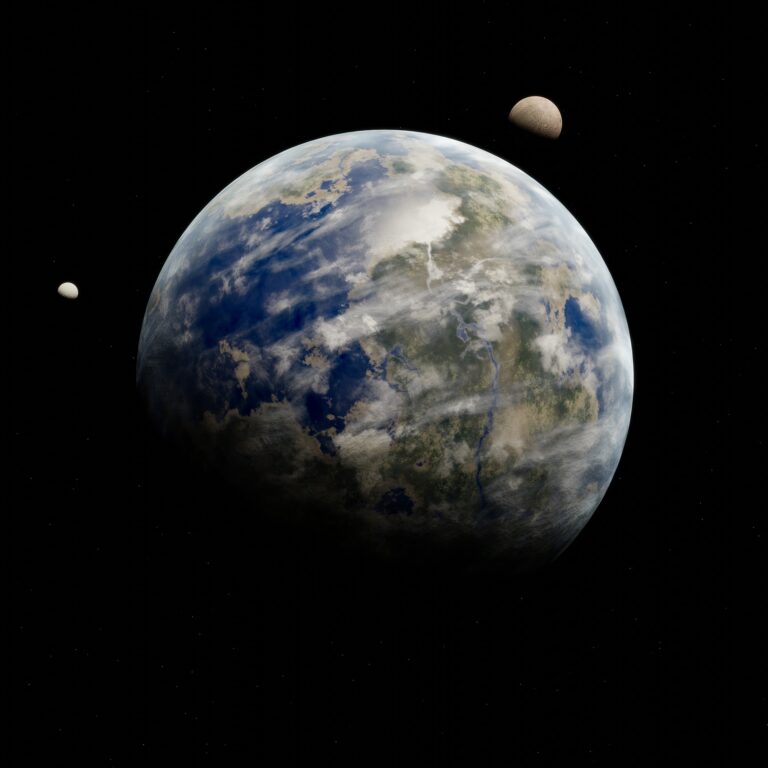Credits : France SIMONET/IRCELYON/CNRS Photothèque
Topic 5 :
Soot in astrophysics
The characterisation of the structure and composition of interstellar grains is a fundamental issue because it is necessary to be able to link spectral variations, particularly in the infrared, to the evolution of the physical conditions of the environments. Moreover, this characterisation will make it possible to obtain a precise description of these grains in order to assess their contribution to the chemistry. Analogues of interstellar grains (PAHs, soot) are synthesised in the laboratory in order to study: their mode of formation and growth, their structure and organisation, their behaviour under irradiation and their spectroscopic characteristics.
The physico-chemical conditions in the envelopes of evolved stars, i.e. at high density and temperature, are favourable to the nucleation and growth of grains. The models for the production of carbonaceous grains are directly inspired by those developed in combustion chemistry for the formation of soot. Once injected into the interstellar medium, the grains can be destroyed by radiation or in the shock regions. However, they can be reconstructed in the cold phase, but the origin(s) of this mechanism remain unclear, and could be related to coagulation processes or to their chemical reactivity. Understanding how these circumstellar and interstellar particles evolve and how this evolution can be used as a tracer of the evolution of the media themselves is a major challenge for modern astrophysics.

